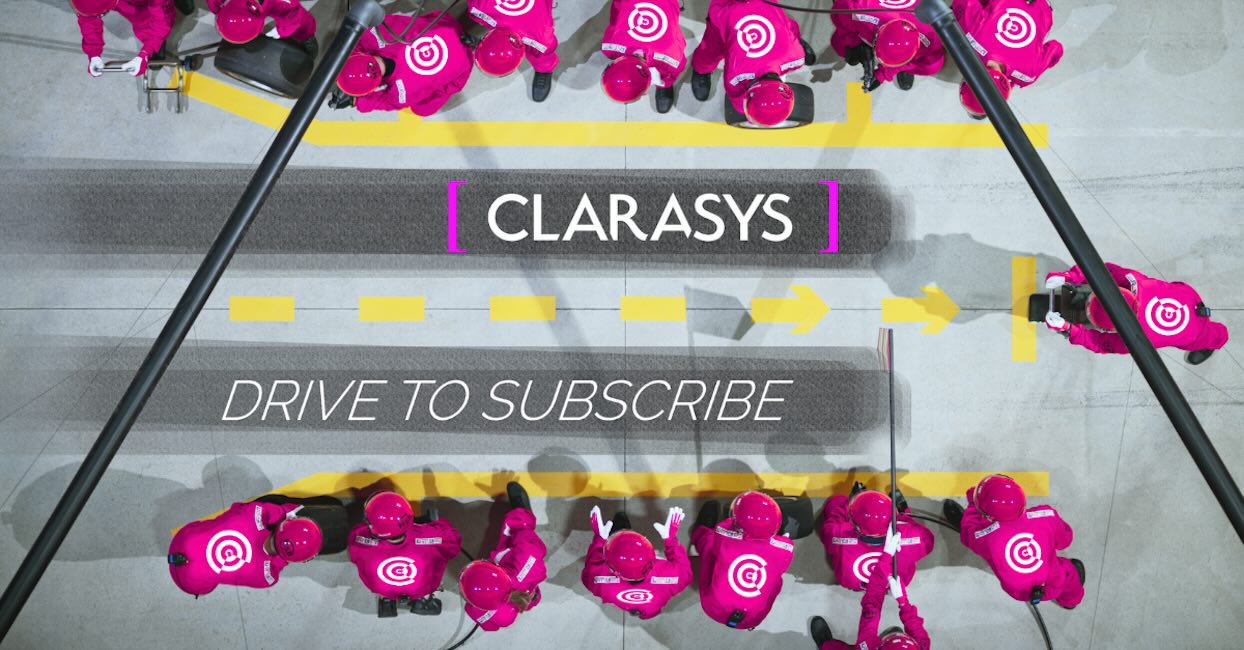Many organisations have deeply complex problems that are constantly changing in nature and require significant resources to resolve. Can customer-centric design thinking offer an effective solution?
Customer-centric design thinking
Customer-centric design thinking
Many organisations have deeply complex problems that are constantly changing in nature and require significant resources to resolve. Can customer-centric design thinking offer an effective solution?

Many organisations have deeply complex problems that are constantly changing in nature and require significant resources to resolve.
Solving these problems can unlock huge benefits but how does an organisation go about finding the right solution? One way to broaden a person’s problem-solving set would be to enrol in a multi-disciplinary course such as a professional programme at the new London Interdisciplinary School. Using knowledge across multiple disciplines is required when redesigning an organisation’s customer experience since it cuts across almost all functions of your organisation from marketing to service and even recruitment. However, many organisations do not have the time or money to send their people to university to learn how to solve the most complex problems.
There is a simpler tried and tested solution.
Customer-centric design thinking.
The focus of design thinking is understanding the human aspects of the issue and taking a collaborative, trial and test-based approach to solution development. One method that is still advocated by the British Council of Design is the ‘Double Diamond’ which, if adopted with an agile mindset, can be just as effective as deep research.
A study in the mid-‘00’s’ analysed methods used by the innovative companies of the time such as Microsoft and Yahoo and found they had similar thought processes based on a combination of divergent and convergent thinking:
- Divergent thinking — think broadly, keep an open mind, consider anything and everything. Solve the right problem.
- Convergent thinking — think narrowly, bring back focus and identify one or two key problems and solutions. Solve the problem right.
This approach had great results when we worked with a client to improve customer relationships. While we adopted a Double Diamond methodology throughout this project, embedding agile mindsets based on collaboration, prioritisation, and reflection made it particularly effective. This enabled quicker delivery of valuable outputs.
Collaboration
Ah, the buzz word of the decade! We all claim to do it but what does good collaboration really look like?
In the case of the Double Diamond approach, it means facilitating interactions between customers and individuals across the entire organisation, throughout the thinking process. This enables us to build solutions that are desirable, feasible, and viable. Often designers talk to groups separately, but we advocate putting representatives in the same room. Having a half-day wireframing workshop on a small aspect of a problem with customers, technical teams and business SMEs will reap value much quicker than weeks of interviews.
Prioritisation
Commonly, organisations consider this to be a case of what is in scope and what is out. In design thinking, this means focusing on what is most important to the customers or end-users and building out from there. Prioritise only the most critical scenarios and user journeys first and design the experience for these needs. Then create a backlog of enhancements to these core scenarios, constantly re-prioritising and resequencing based on what is most important to the customer/end-user.
Reflection
Often the Double Diamond can be approached as a linear model where you move from one phase to the next. This aligns with a waterfall way of thinking, offering solutions that are unresponsive to volatile problems. To battle this mindset, there should be a continuous reflection on the problems and the solutions that are being developed. Are we still solving the right problem? Are we still solving the problem right? This means collaboratively discussing how things are being done and analysing data.
Customer-centric design thinking using agile methods can be a successful tool for solving complex organisational challenges and ensuring a consistent customer experience. Continuous recalibration using the Double Diamond throughout the transformation process ensures organisations have the full picture as well as the granular detail.


